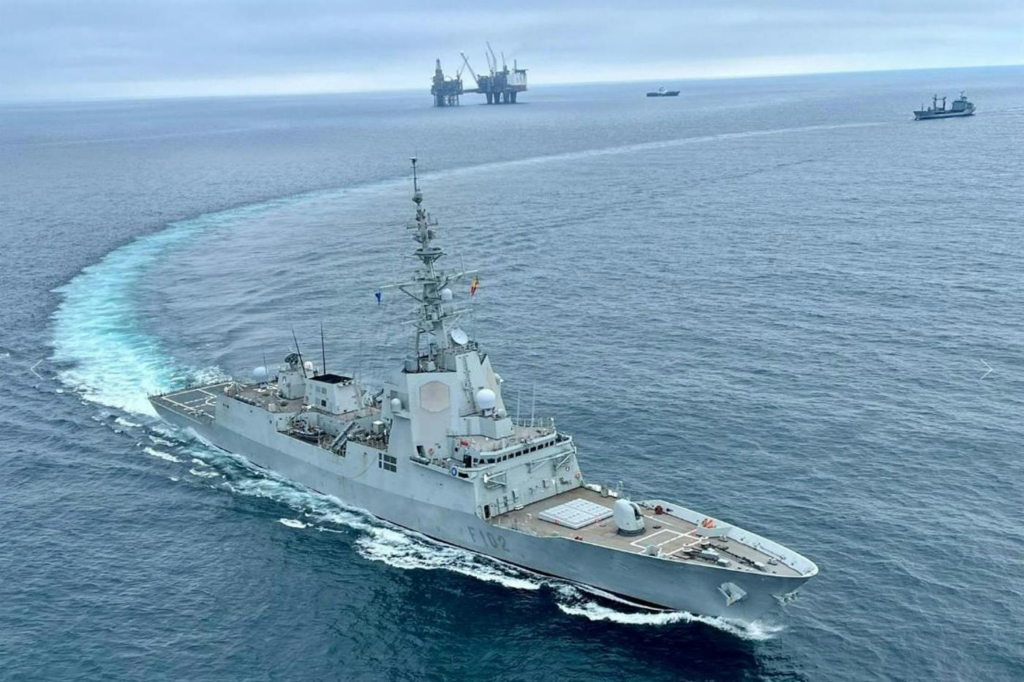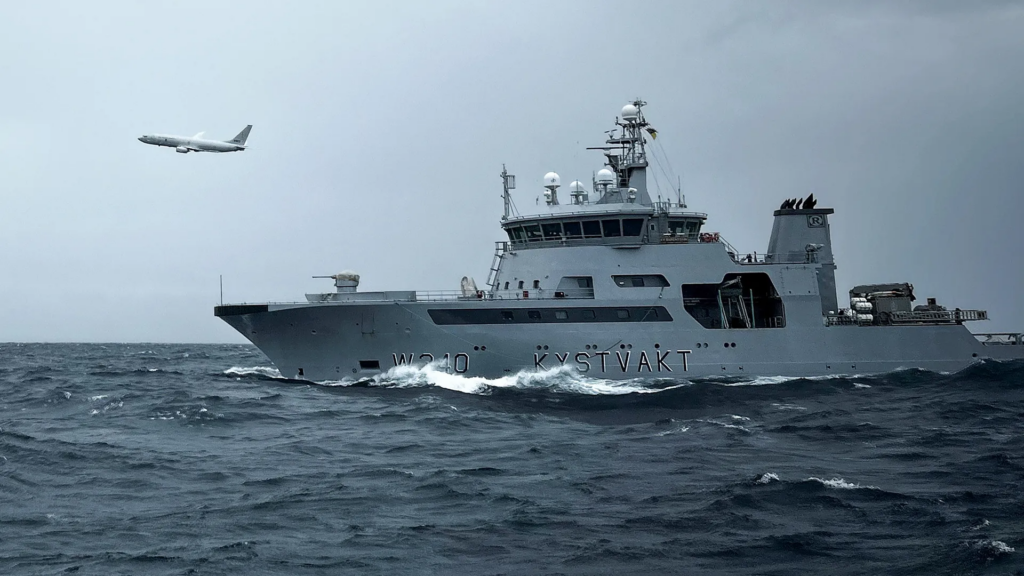Recent reports from Yle reveal that NATO is increasing its maritime presence in the Baltic Sea. This move responds to rising concerns over the safety of critical underwater infrastructure, such as energy and data cables. Here’s an in-depth look at the situation and its implications.
Deployment Details
NATO plans to station approximately 10 ships in the Baltic Sea. This fleet will consist of vessels already operating in the region and reinforcements from member states. The deployment is scheduled to last until April, emphasizing the alliance’s long-term commitment to regional security.

The ships will operate in international waters, maintaining a vigilant watch over critical maritime infrastructure. Their primary mission is to deter potential threats, particularly in light of recent suspected sabotage incidents targeting undersea cables and pipelines.
Protecting Vital Underwater Infrastructure
The Baltic Sea hosts a network of essential underwater infrastructure, including energy pipelines and communication cables. These systems are vital for the region’s economy and security. Recent events, including suspected sabotage, have exposed vulnerabilities that adversaries could exploit.
NATO’s increased presence aims to:
- Monitor suspicious activity near critical infrastructure.
- Enhance maritime domain awareness through advanced surveillance systems.
- Act as a deterrent to prevent potential attacks.
Although NATO ships cannot legally interfere with vessels from non-member countries, their presence alone sends a strong message. By patrolling key areas, they aim to discourage hostile actions.
The Role of Regional Cooperation
Cooperation among NATO members and Baltic Sea nations is essential to this effort. Finland and Estonia, for example, play a pivotal role in monitoring the Gulf of Finland. This strategic chokepoint is critical for maritime traffic and security in the region.
The partnership between Finnish and Estonian naval forces highlights the importance of regional collaboration. Their joint efforts include:
- Sharing intelligence on potential threats.
- Conducting joint patrols to increase vigilance.
- Strengthening communication and coordination channels.
This cooperative approach ensures comprehensive coverage of critical areas, reducing gaps that adversaries might exploit.

Why Now? Understanding the Context
The decision to bolster NATO’s maritime presence stems from heightened security concerns. Recent incidents of suspected sabotage have underscored the region’s vulnerabilities. With geopolitical tensions rising, safeguarding critical infrastructure has become a priority.
The Baltic Sea is a focal point for energy transmission and data connectivity. Pipelines and undersea cables are lifelines for countries in the region. Any disruption could have far-reaching consequences, affecting both economic stability and national security.
Operational Challenges and Limitations
While NATO’s deployment demonstrates a strong commitment to regional security, it also faces certain limitations. International maritime law restricts NATO ships to patrolling international waters. They cannot impede the lawful passage of vessels from other nations.
These constraints mean that NATO’s presence serves as a deterrent rather than an active enforcement mechanism. Despite this limitation, the visibility of NATO ships reinforces the alliance’s resolve to protect the region.
Implications for Regional Stability
NATO’s actions send a clear signal to adversaries: the alliance is prepared to defend its interests in the Baltic Sea. This move also reassures member states and partners of NATO’s commitment to collective defense.
Enhanced maritime security contributes to:
- Strengthening the resilience of critical infrastructure.
- Building trust among NATO members and regional partners.
- Dissuading potential aggressors from attempting sabotage or interference.
However, the deployment could also heighten tensions with nations outside the alliance. Balancing deterrence with diplomacy will be crucial to maintaining stability in the region.

NATO’s bolstered presence in the Baltic Sea reflects a proactive approach to emerging threats. As the deployment continues through April, the alliance will likely refine its strategies based on real-time intelligence and operational feedback.
Key focus areas moving forward include:
- Expanding regional cooperation to include more Baltic Sea nations.
- Investing in advanced technologies for underwater surveillance.
- Enhancing response capabilities to address potential threats swiftly.
By addressing these priorities, NATO can ensure the continued safety of critical infrastructure and the stability of the Baltic Sea region.
The increased deployment of NATO ships in the Baltic Sea underscores the alliance’s commitment to maritime security. In an era of evolving threats, protecting vital infrastructure has become a top priority. Through deterrence, cooperation, and innovation, NATO aims to safeguard the region’s economic and security interests.
Our Visitor






 Users Today : 11
Users Today : 11



